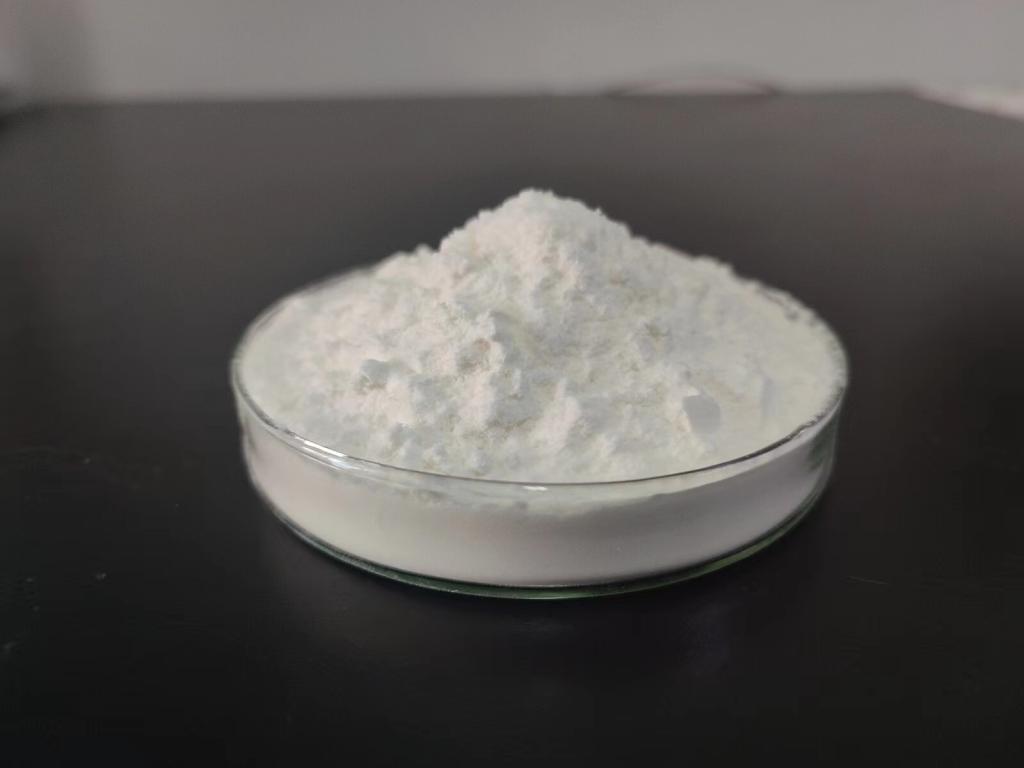Tel:+8618231198596

News
 CONTACT
CONTACT
 CONTACT
CONTACT
- Linkman:Linda Yao
- Tel: +8618231198596
- Email:linda.yao@dcpharma.cn
- Linkman:CHARLES.WANG
- Department:Overseas
- Tel: 0086 0311-85537378 0086 0311-85539701
News
The Future of Food Safety: ε-Polylysine Hydrochloride in Next-Generation Preservation
TIME:2024-01-25
Understanding ε-Polylysine Hydrochloride:
ε-Polylysine is a polycationic peptide derived from Streptomyces albulus, and its hydrochloride salt form has gained prominence for its stability and practical applications. The linear structure of ε-Polylysine Hydrochloride is a result of the polymerization of L-lysine. Initially recognized for its antimicrobial properties, ε-Polylysine Hydrochloride is now at the forefront of next-generation preservation methods for a diverse range of food products.
Mechanism of Action:
The antimicrobial mechanism of ε-Polylysine Hydrochloride is central to its potential in food preservation. This natural peptide disrupts the cell membranes of microorganisms, leading to the inactivation of bacteria, fungi, and viruses. The specificity of ε-Polylysine Hydrochloride for microbial cells makes it a targeted and effective preservative, with minimal impact on the sensory attributes of food.
Broad-Spectrum Antimicrobial Activity:
One of the key advantages of ε-Polylysine Hydrochloride is its broad-spectrum antimicrobial activity. It exhibits efficacy against a wide range of microorganisms, including Gram-positive and Gram-negative bacteria, molds, and certain viruses. This versatility positions ε-Polylysine Hydrochloride as a promising solution for addressing the diverse microbial challenges encountered in food preservation.
Applications in Food Preservation:
The potential applications of ε-Polylysine Hydrochloride in food preservation are extensive, covering various product categories:
a. Meat and Poultry: In the meat and poultry industry, ε-Polylysine Hydrochloride can serve as a natural preservative to extend the shelf life of products, prevent spoilage, and enhance overall safety.
b. Dairy Products: The antimicrobial properties of ε-Polylysine Hydrochloride are particularly beneficial in dairy products, where it can inhibit the growth of spoilage bacteria and contribute to the longevity of products like cheese and yogurt.
c. Bakery and Confectionery: ε-Polylysine Hydrochloride can find applications in bakery and confectionery items, preventing mold growth and enhancing the shelf stability of products.
d. Ready-to-Eat Meals: The convenience food sector can benefit from the antimicrobial activity of ε-Polylysine Hydrochloride, ensuring the safety and quality of ready-to-eat meals.
e. Beverages: In liquid products, ε-Polylysine Hydrochloride can be explored as a preservative to prevent microbial contamination and maintain product integrity.
Synergies with Other Preservation Methods:
The potential synergies between ε-Polylysine Hydrochloride and other preservation methods contribute to its effectiveness in enhancing food safety:
a. High-Pressure Processing: Combining ε-Polylysine Hydrochloride with high-pressure processing can provide a dual approach to microbial control, addressing both surface and internal contamination.
b. Modified Atmosphere Packaging: The antimicrobial properties of ε-Polylysine Hydrochloride can complement modified atmosphere packaging, creating an environment that hinders the growth of spoilage microorganisms.
c. Refrigeration: ε-Polylysine Hydrochloride can enhance the efficacy of refrigeration by preventing the growth of microbes that might thrive at refrigerated temperatures.
Clean Label and Natural Preservation:
Consumer preferences for clean label products and natural preservation methods align with the characteristics of ε-Polylysine Hydrochloride. As an antimicrobial peptide derived from a natural source, it meets the growing demand for minimally processed and transparently labeled food products. The potential to replace or reduce the reliance on synthetic preservatives makes ε-Polylysine Hydrochloride an attractive option for clean label food preservation.
Advances in Formulation and Delivery:
Optimizing the formulation and delivery systems of ε-Polylysine Hydrochloride is a crucial aspect of harnessing its potential in food preservation. Researchers are exploring various delivery mechanisms, including encapsulation technologies and carrier systems, to improve stability, solubility, and bioavailability. Tailoring formulations to specific food matrices and addressing challenges related to heat stability are ongoing areas of research.
Safety Considerations:
Ensuring the safety of food preservatives is paramount, and ε-Polylysine Hydrochloride has demonstrated a favorable safety profile. Research studies and toxicological assessments have indicated that it is safe for consumption within specified limits. However, ongoing research is essential to comprehensively understand its safety in various food applications and to address any potential concerns related to long-term consumption.
Regulatory Landscape:
As ε-Polylysine Hydrochloride progresses in research and development, navigating the regulatory landscape will be a critical step in its adoption as a food preservative. Regulatory bodies worldwide, including the U.S. Food and Drug Administration (FDA) and the European Food Safety Authority (EFSA), will play a pivotal role in evaluating its safety and establishing guidelines for its use in different food categories.
Future Trends and Innovations:
The future of food safety with ε-Polylysine Hydrochloride holds exciting possibilities:
a. Tailored Preservative Solutions: Advances in research may lead to the development of tailored preservative solutions, where ε-Polylysine Hydrochloride is optimized for specific food types and preservation goals.
b. Integration with Smart Packaging: The integration of ε-Polylysine Hydrochloride with smart packaging technologies may offer real-time monitoring and control of microbial activity, enhancing the overall safety of packaged foods.
c. Global Collaborations: Collaborative efforts between researchers, food scientists, and regulatory authorities on a global scale will be instrumental in establishing standardized guidelines and fostering the widespread adoption of ε-Polylysine Hydrochloride.
d. Sustainable Preservation Practices: The natural origin of ε-Polylysine Hydrochloride aligns with the growing emphasis on sustainability. Its potential to contribute to sustainable and eco-friendly preservation practices may shape future trends in the food industry.
Conclusion:
The future of food safety is intertwined with the potential of ε-Polylysine Hydrochloride as a next-generation preservative. From its broad-spectrum antimicrobial activity to its applications in various food categories, ε-Polylysine Hydrochloride presents a promising avenue for enhancing the safety and longevity of food products. As research and development efforts continue, addressing formulation challenges, ensuring safety, and navigating regulatory pathways will be key in realizing the full potential of ε-Polylysine Hydrochloride in shaping the future landscape of food preservation.
- Tel:+8618231198596
- Whatsapp:18231198596
- Chat With Skype







